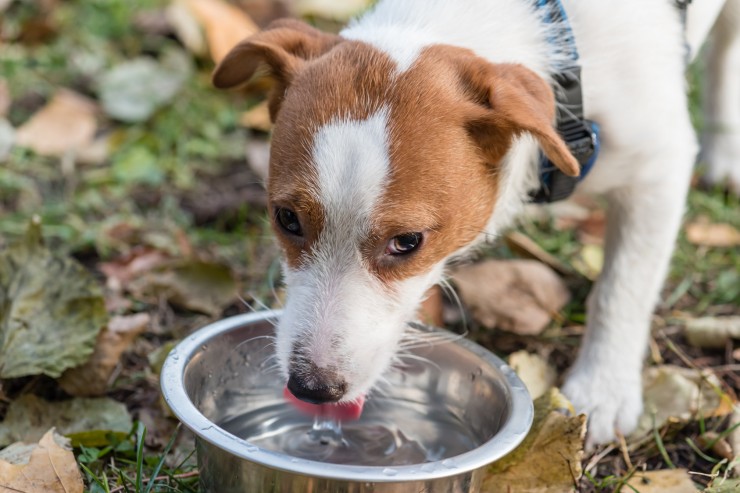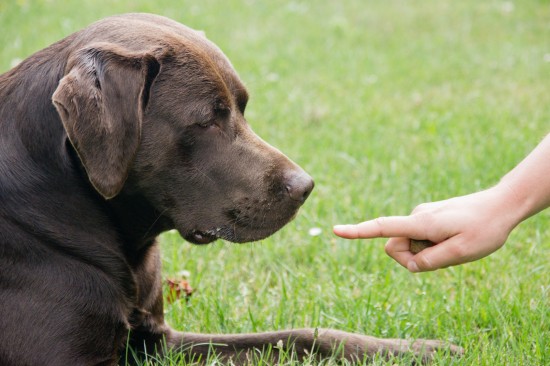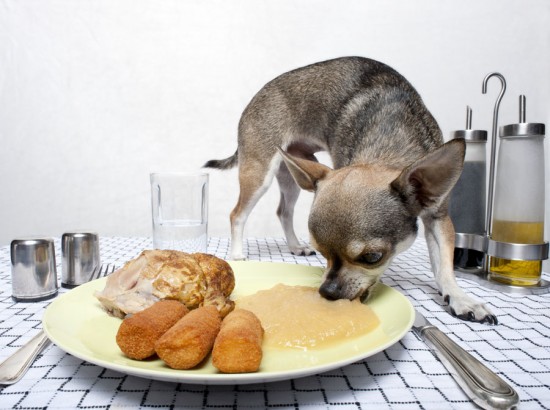
Beekeeping, also known as apiculture, is mans way of imitating nature by maintaining real bee colonies in artificial constructed hives. Apiculture can be a full time business, a sideline offering, or even enjoyed as just a hobby. Beyond the obvious reward of honey, other great products like pollen, propolis, and beeswax can be collected and add to the beekeepers profits.
Beyond the products we get from the bees, their services have expanded to performing some general labor for us as well. Bees are transported inside their hives, and distributed among crops to aid in massive pollination for industrial farmers.
While over 20,000 species of bee have been recorded to date, honey production is reliant on just 2 of these. They are the Apis cerana and the Apis mellifera or European dark bee. Apis mellifera are able to produce hybrids by inter-breeding. For this reason, science and breeders prefer this bee as they are able to create hybrids that exhibit preferred characteristics.
The practice of beekeeping dates back hundreds if not thousands of years and was recorded as an activity performed by our ancestors. It is still thought to be practiced traditionally in Australia, Asia, Africa, and South America. Early beekeeping, would involve smoking out nests created in hollowed out trees, and would break up the whole colony just to get to the honey. This evolved to keeping bees in a skep (a type of basket), but again the colony had to be destroyed to get the honey.
Today methods have been greatly refined. The use of tools such as artificial hives, natural smokers, and replaceable frames can keep the colony intact and produce more effectively.
In addition to needing specific knowledge about bees and their behavior, the beekeeper's work is hands-on. Like similar types of labor jobs, this requires it's own uniform and tools. Attire will consist of a bee suit, (or at least a smock with veil), gloves, and boots.
There is a wide range of additional beekeeping tools, but the essentials are a beehive (either a top bar hive or a Langstroth type hive), a hive tool, a bee feeder, and a smoker.
Smokers today are small canisters that can use natural elements which won't harm the bees or the honey they provide. Small puffs of smoke are an early warning sign to the bees, making them gorge on honey in case they need to make a quick exit from the hive. This makes the bees less aggressive and much easier to work with.
Val Wilson is passionate about all things beekeeping! It is an incredibly rewarding hobby in so many ways, with more and more everyday people realizing the joys of hobby beekeeping. If you would like more information about how to start beekeeping, go to www.bestbeekeeping.com and sign up for the FREE 7 day beekeeping ecourse.
 The Top Five Reasons People Give For Re-homing Their Pets
The Top Five Reas
The Top Five Reasons People Give For Re-homing Their Pets
The Top Five Reas
 What Drinks Can Dogs Have Apart From Water?
What Drinks Can D
What Drinks Can Dogs Have Apart From Water?
What Drinks Can D
 Constructional Aggression Therapy For Dogs
Constructional Ag
Constructional Aggression Therapy For Dogs
Constructional Ag
 Common Household Items Which Can Poison Pets
Common Household
Common Household Items Which Can Poison Pets
Common Household
 Keeping Your Dog Safe And Happy On New Year’s Eve
Keeping Your Dog
Keeping Your Dog Safe And Happy On New Year’s Eve
Keeping Your Dog
Copyright © 2005-2016 Pet Information All Rights Reserved
Contact us: www162date@outlook.com